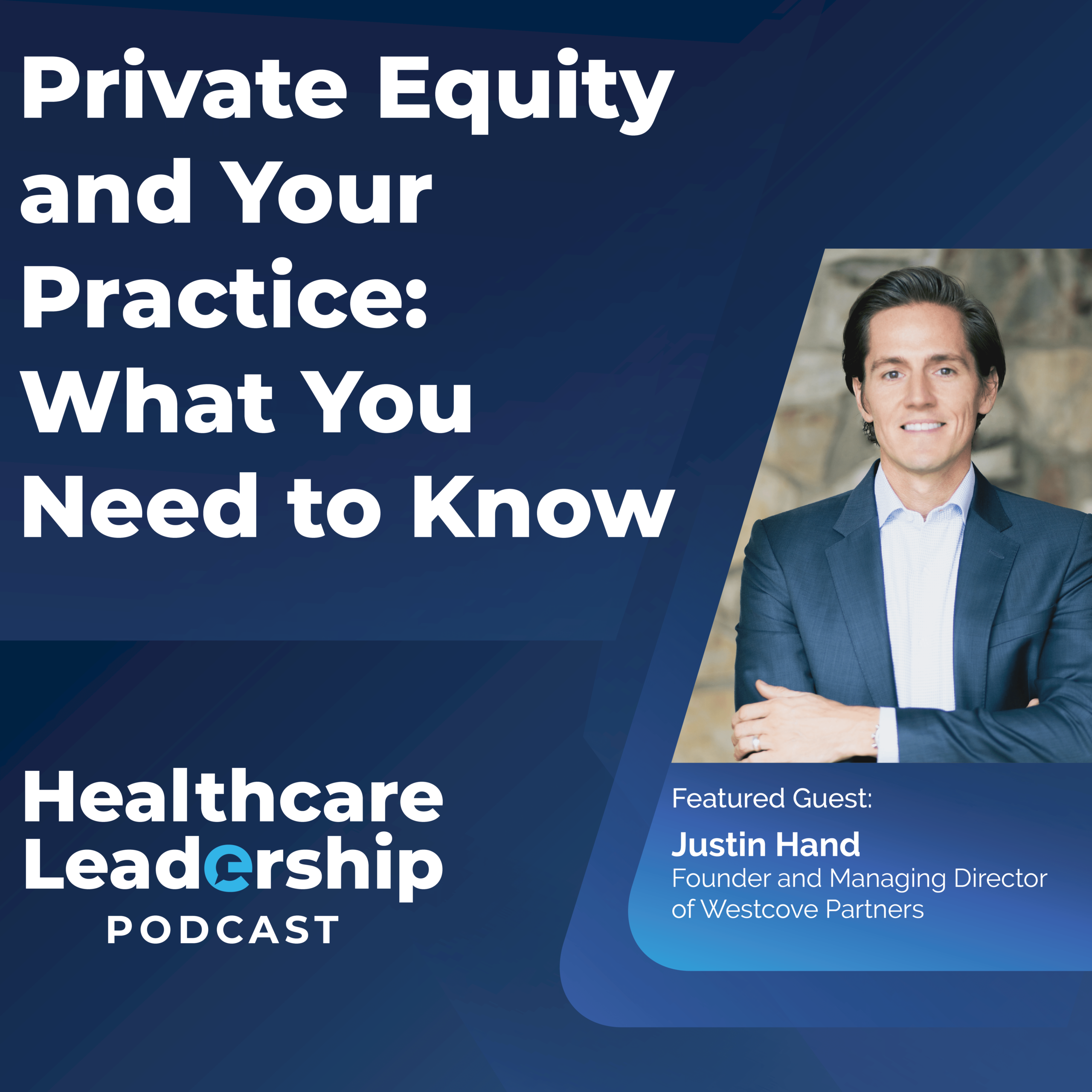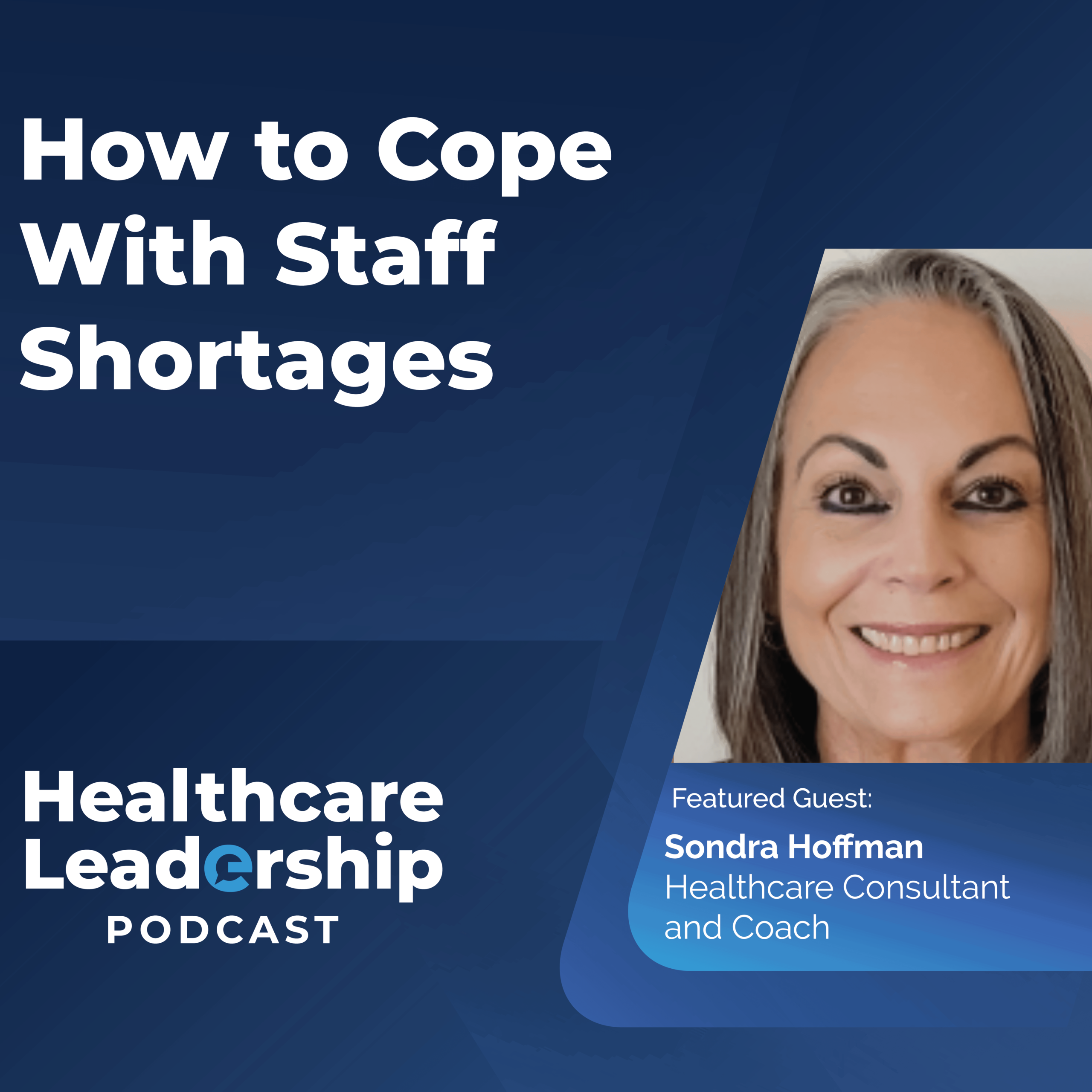 In California, 21 public hospitals receive approximately $1.1 billion a year in DSH funding. Private DSH hospitals in California receive additional DSH funding from the state, but that, too, will be reduced.
In California, 21 public hospitals receive approximately $1.1 billion a year in DSH funding. Private DSH hospitals in California receive additional DSH funding from the state, but that, too, will be reduced.
Background.
Hospital emergency departments (EDs) are caring for more patients, including those with non-urgent needs that could be treated in alternative, more cost-effective settings, such as a clinic or physician’s office.
According to findings from the Center for Studying Health System Change’s (HSC) 2007 site visits to 12 nationally representative metropolitan communities, many emergency departments at safety net hospitals—the public and not-for-profit hospitals that serve large proportions of low-income, uninsured and Medicaid patients—are attempting to meet patients’ non-urgent needs more efficiently.
Safety net EDs are working to redirect non-urgent patients to their hospitals’ outpatient clinics or to community health centers and clinics, with varied results. Efforts to develop additional primary, specialty and dental care in community settings, along with promoting the use of these providers, could stem the use of emergency departments for non-urgent care, while increasing access to care, enhancing quality and containing costs. http://tinyurl.com/a6rvqmh
Facts:
For more than 20 years, hospitals have relied on subsidies provided by the federal government to help defray those costs. But that funding is set to decline starting in 2014 with the full implementation of the federal health law.
Comments:
Stanley Feld M.D.,FACP,MACE
“Once admired for its skill in treating a population afflicted by both social and physical ills, Grady, a teaching hospital, now faces the prospect of losing its accreditation. Only short-term financial transfusions have kept it from closing its doors, as Martin Luther King Jr.-Harbor Hospital in Los Angeles County did last year. That scenario would flood the region’s non-profit hospitals with uninsured patients and eliminate the training ground for one of every four Georgia doctors.”
“Providers feel the strains when each counselor has to counsel 20 patients in a day, twice as many as they did only five years ago. Or when they have to tell diabetics at risk of blindness that it might take four months to get an eye appointment.”
“Its outdated technology is obvious in the emergency room, where patients are tracked not by computer but by hand on a greaseboard and on forms passed from tray to tray.”
” A third of the hospital’s patients, including those treated as outpatients, are uninsured, among them a rapidly growing group of immigrants. Another third are covered by Medicaid, which reimburses at rates well below Grady’s actual costs. Many hospitals use their privately insured patients to subsidize indigent care, but at Grady, only 8 percent of inpatients fit the privately insured category.”
Dr. Steven Safyer, president and CEO of Montefiore Medical Center in New York City
“Copays for us are no-pays,” “Health care reform to me is an issue of humanity. How you can have 47 million uninsured in this country is shocking. But you can’t throw the baby out with the bathwater.”
What are your thoughts on this major problem?











